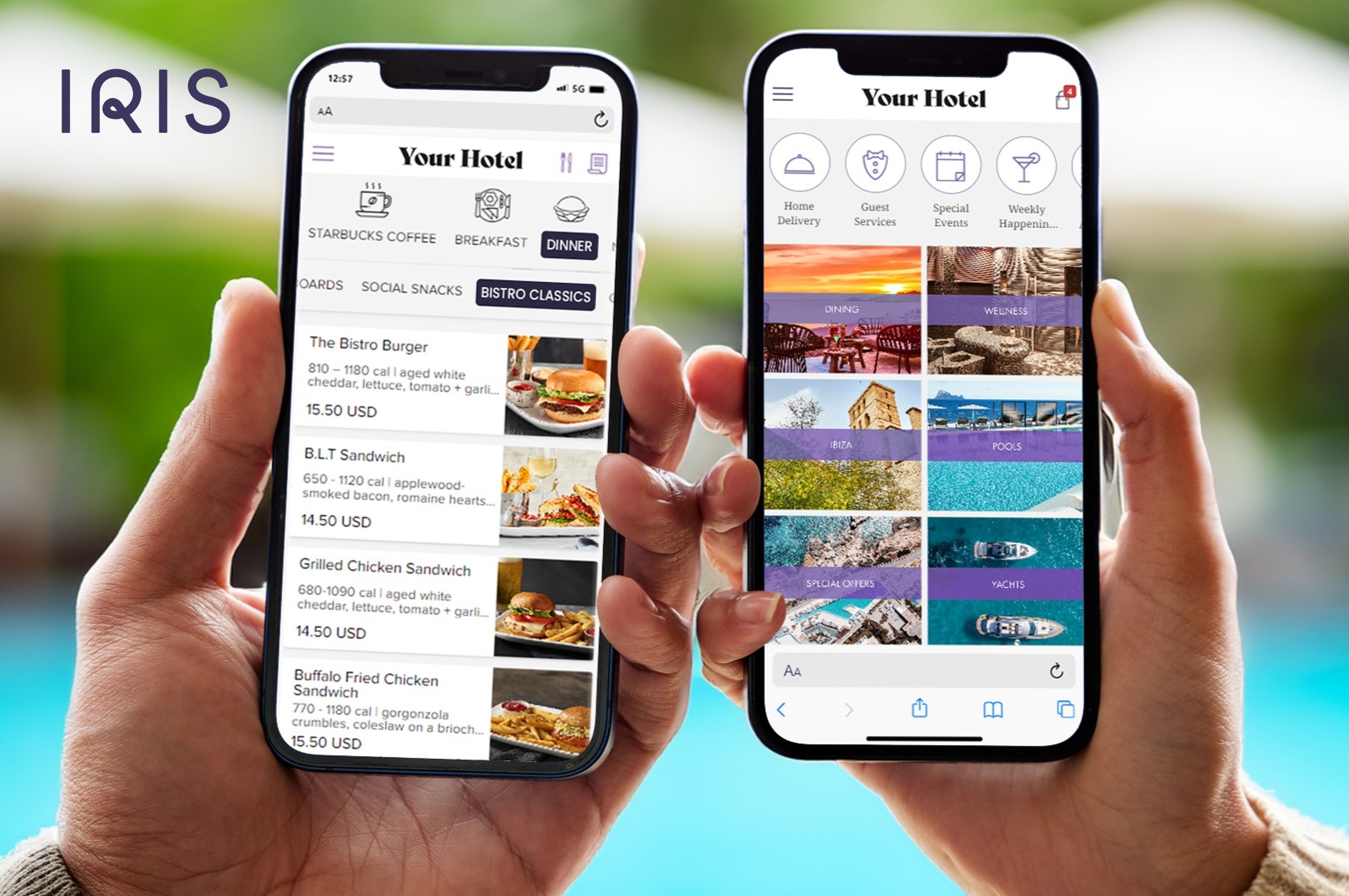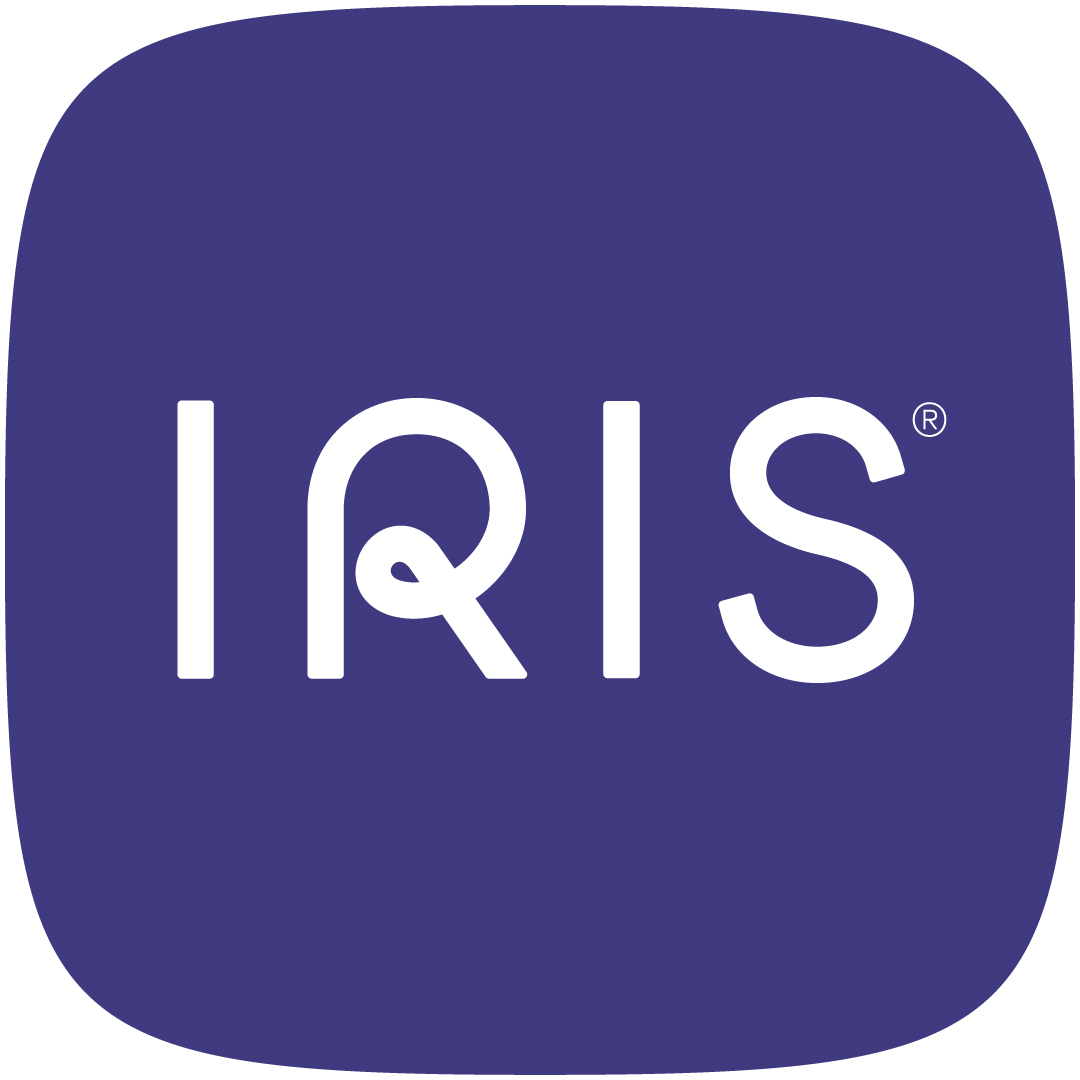

The days of manual food and beverage order taking are over, and mobile ordering is no longer just for room service. Hotels and their guests are rapidly adopting digital order taking across the property. As Average Daily Rates (ADRs) peak, operators are looking to boost total revenue beyond rooms by leveraging more strategic F&B channels.
Here are the top 10 actionable trends that help hoteliers maximize F&B revenue, along with tips that can be implemented today:
1. Reach 100% of guests with QR code ordering
Mobile ordering lets guests view menus, order, and pay from their own device, anywhere and at any time. This self-service model helps hotels capture more orders, reduce errors, and eliminate manual processing. Tip: deploy mobile ordering via QR codes or web links (no download required).
2. Diversify and expand across the full property
Mobile ordering is not limited to rooms. It can be extended to bars, lobbies, pool decks, meeting spaces, and more. This broadens convenience, increases reach, and taps into underutilized venues to grow guest spend without additional operational complexity.
3. Offer a personalized guest experience
Enable guests to customize orders, filter for dietary needs or preferences, split payment for groups, or view special items, without overburdening staff. Personalisation can boost guest satisfaction and increase order frequency.
4. Use compelling visuals and dynamic menu content
High quality photos, rich descriptions, ingredient lists, and dietary or calorie information make menus more engaging and help tempt guests into ordering more. Tip: treat your digital menu like a shop window.
5. Encourage upsells and add-ons
Digital menus make it easy to suggest complementary items such as sides, drinks, desserts, or chef pairings at the moment of ordering. These suggestions can significantly increase the average check size per guest.
6. Actively market your mobile ordering platform
Guest awareness is critical. Place QR codes in high visibility and high traffic zones including lobbies, elevators, poolside, and guest rooms, and display them on digital screens. Mention the service at check-in. Making the platform visible dramatically increases adoption.
7. Promote seasonal offers and limited time menu items
Digital menus can be updated instantly. Use this flexibility to highlight seasonal specials, holiday menus, or time bound offers. Limited time items often encourage impulse orders.
8. Ensure seamless integration with POS and backend systems
Real-time integration with the property’s POS ensures orders go straight to the kitchen, increasing accuracy, speeding up delivery, and easing pressure on staff, especially during peak periods.
9. Support multiple languages for global guests
Offering multilingual menu support makes it easier for international guests to order confidently. This reduces friction, avoids confusion, and expands your potential guest base.
10. Appeal to younger, tech savvy travelers
Digitizing F&B ordering mirrors the convenience of mainstream delivery apps and caters to younger guests who expect speed, choice, and control at their fingertips.
Why This Matters Now
With mobile first behavior becoming the norm among travelers, hotels that embrace digital ordering and guest facing apps position themselves to:Capture incremental F&B revenue beyond room charges
Improve operational efficiency and reduce dependency on staff for routine tasks
Elevate the guest experience through convenience, choice, and personalization
For the original article published by IRIS, please Click Here







